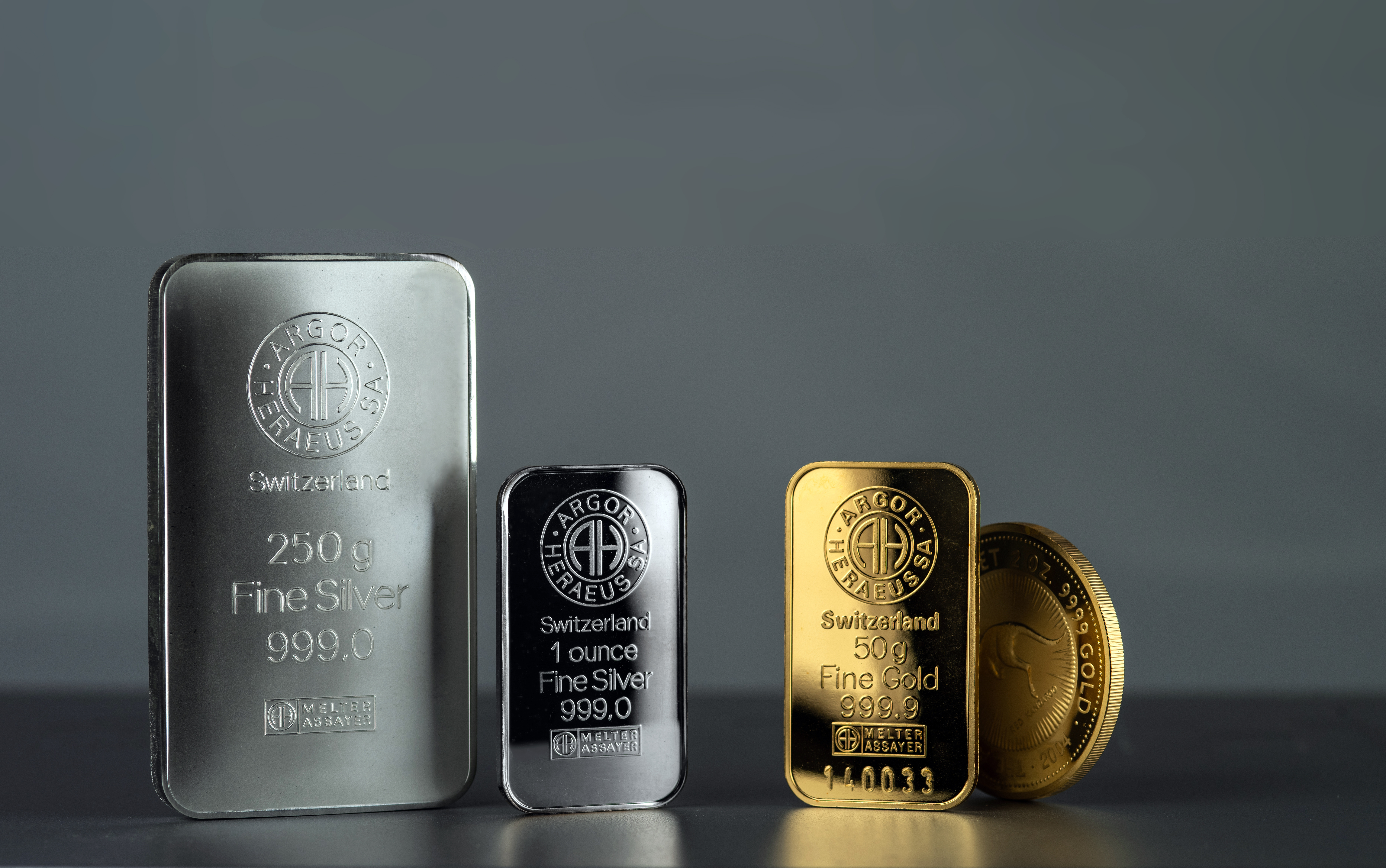How Does Bullion Pricing Work?
Understanding Bullion Pricing: What Determines the Cost of Precious Metals
If you’ve been shopping for bullion in the form of bars, rounds, or coins, you may have noticed an assortment of prices. The good news is these prices aren’t haphazardly or randomly selected. There’s rhyme and reason behind bullion prices. Below, the precious metals experts from First National Bullion, the silver and gold dealers Carlsbad collectors trust for high-quality service and industry knowledge, offer a closer look at how bullion prices work.
Spot/Future Prices
Spot and future prices are determined by the current market value of a particular precious metal like gold or silver. Several factors affect these prices, including global events and mine strikes. This is why some precious metals prices are highly volatile or changing. The good news is if the economy falters, precious metals prices are usually higher, which is good news for sellers and buyers alike if you invest wisely.
Over-the-Counter (OTC) Markets
OTC markets are one-on-one deals done between various traders. These deals are usually for large quantities of gold or silver or large bars. The bars are used for settlement in the London market or the London Bullion Market Association, which determines standards for good delivery, among other things. If you’re buying from a dealer, you’re also doing a one-on-one or OTC trade. In this instance, the price is based on the spot price at the time, although this doesn’t necessarily mean you’ll only pay this price.
Future Exchanges
Future exchanges, as the name implies, set prices for the delivery of gold or silver for dates in the future. These prices are often based on spot prices for physical reserves of gold or silver. It’s interesting to note that while future and spot price are related, these figures alone aren’t what determines what you’ll end up paying.
Bullion Dealers’ Top Price Factors
Most official dealers use five factors to determine what you’ll pay for coins, bars, or rounds. These are:
- Current bullion market supply and demand factors
- Local, national, and global economic conditions
- Volume of bullion offered or bid upon
- Type of bullion products being sold
- The bullion seller’s objectives
Sellers also consider supply and demand. If a dealer has a large amount of gold, for instance, he or she may lower the markup price to move the inventory. Conversely, if supply is limited, dealers will increase their prices because they know collectors are often willing to pay such rates if they really want a particular precious metal.
Other factors considered include where dealers purchase the precious metals from. If a dealer buys precious metals from a sovereign mint, the premium is often higher, which means the dealer needs to charge more to make a profit. On the other hand, purchases from private mints tend to come with lower rates. If this is the case, the dealer will charge a more reasonable markup price. Fortunately, privately minted bullion as well as government minted bullion are easy to purchase from any of our First National Bullion locations.
For information on any aspect of buying, selling, and owning precious metals, call on the experts at First National Bullion. When they’re looking for accurate information about the markets for precious metals such as gold and silver bars, Carlsbad collectors trust our reputable dealers. We’re a boutique precious metals firm with experienced professionals, and we work hard to keep our investors informed with the most up-to-date market news. If you’re looking to add precious metals to your portfolio, call us today.
The statements made in this blog are opinions, and past performance is not indicative of future returns. Precious metals, like all investments, carry risk. Precious metals and coins may appreciate, depreciate, or stay the same in cash value depending on a variety of factors. First National Bullion does not guarantee, and its website and employees make no representation, that any metals for sale will appreciate sufficiently to earn the customers a profit. The decision to buy, sell, or borrow precious metals and which precious metals to purchase, borrow, or sell are made at the customer’s sole discretion.


